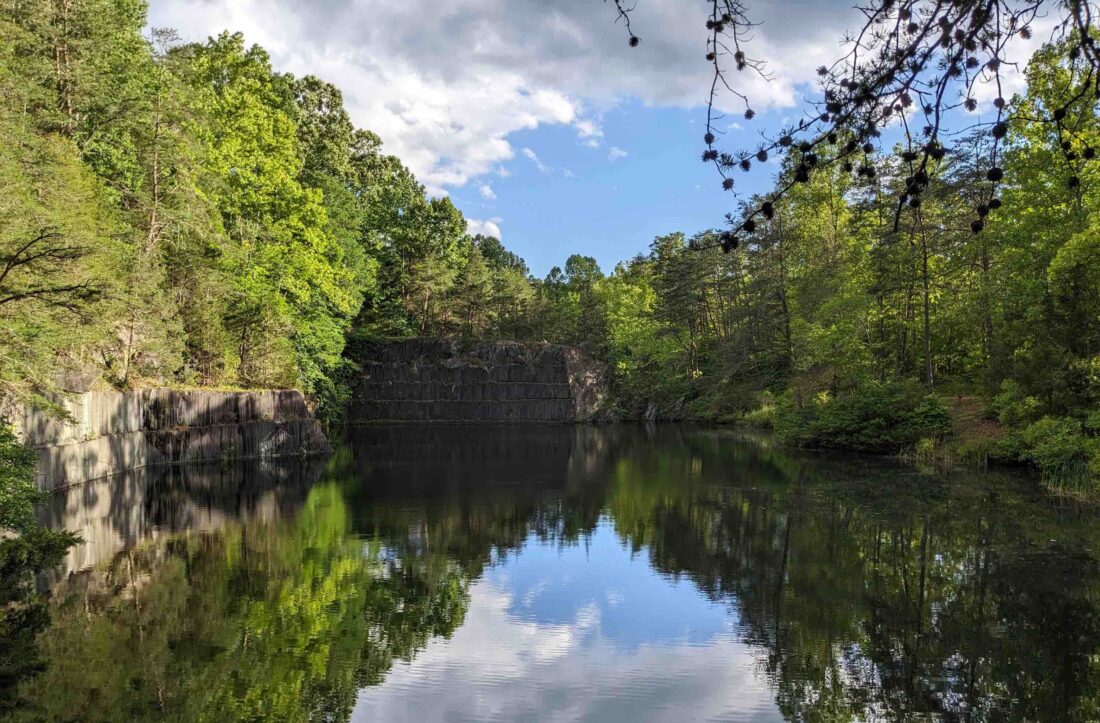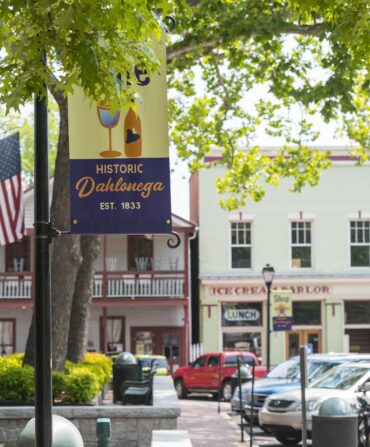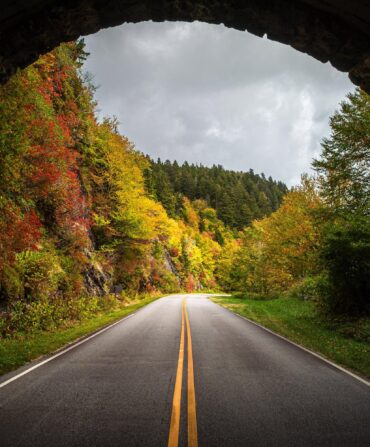A while back I wrote about the Blue Ridge Tunnel, and more recently, Natural Tunnel State Park. Here, I continue my inadvertent “Scenic Virginia Holes in the Ground” series with a stroll through Quarry Gardens in Schuyler, about thirty miles south of Charlottesville.

Schuyler is one of the few places on the planet—along with Brazil and Finland—where soapstone is found. Rich in talc and magnesium, soapstone is dense, resistant to acids, and easily carved. These qualities made it useful for laboratory countertops, film-developing tanks, and telephone switchboards, starting a soapstone rush in the 1890s that drilled and blasted ninety quarry pits into Schuyler’s ridge-lined landscape by the time the industry petered out in the 1970s.
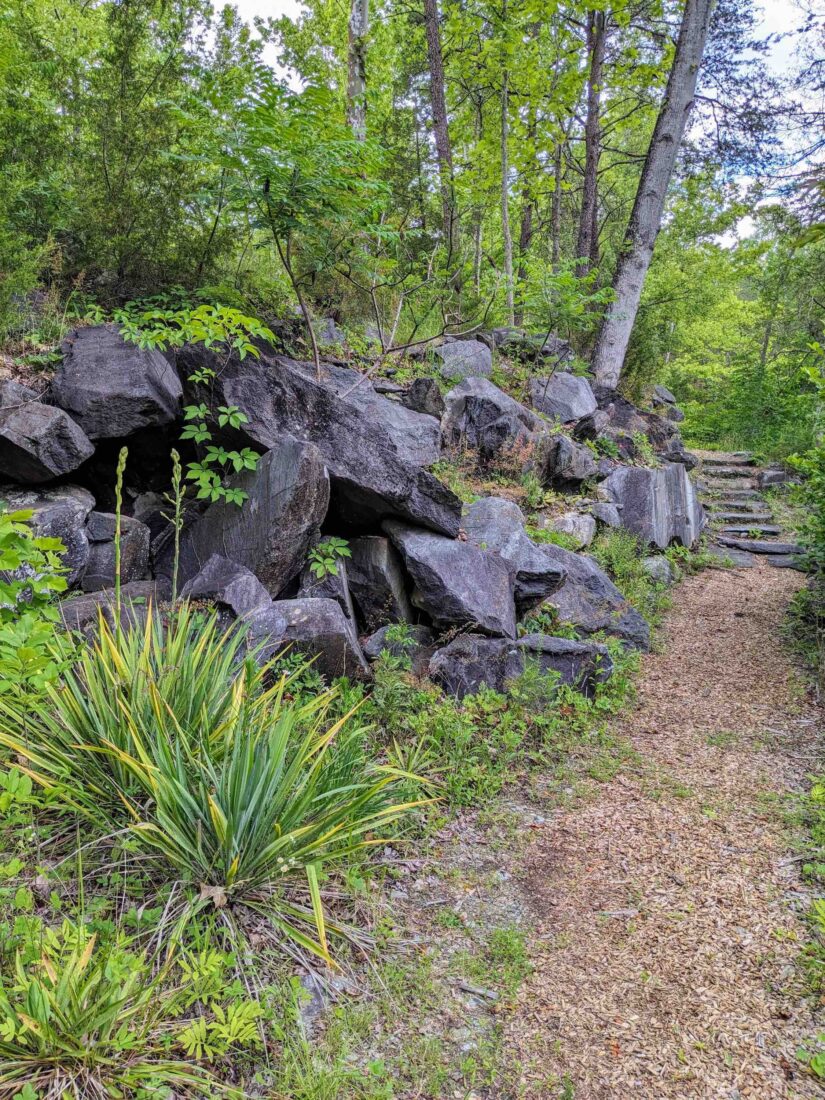
Six of those abandoned quarries lie within a large tract of land purchased as a retirement property by Armand and Bernice Thieblot in 1991. Inspired by British Columbia’s Butchart Gardens, itself a reclaimed limestone quarry, the Thieblots wanted to rehabilitate the forty-acre quarry site. As often befalls derelict quarries, by then they’d become a de facto dump site. “This piece of property was trashed,” says Rachel Floyd, director of operations for what is now Quarry Gardens. On the other hand, the pits—up to ninety feet deep—had filled halfway with groundwater, forming a pair of adjacent reflecting pools that hinted at what could be.
After dump trucks carted away tons of tires, rusted appliances, and assorted junk, Charlottesville’s Center for Urban Habitats undertook a meticulous survey of existing soil conditions and flora to implement a “restoration ecology” plan focused on native plants. “We’re not planting anything that hasn’t been documented to grow naturally with fifteen miles of here,” Floyd says.

Yet verdant variety abounds, now accounting for more than 650 documented native species, more than you’ll find at any other botanical garden in the state. The magic of the place is how those plant colonies enhance the dramatic, vertical rise of quarry walls from placid pools. Taken together, it’s like stumbling upon a secret spot that’s just a bit more blessed than the already lush landscape of Central Virginia. This vibe is underscored by the fact that visits are by appointment only. Even an annual summer performance by Victory Hall Opera Company flies somewhat under the radar. (Apparently, quarry acoustics are impressive.)
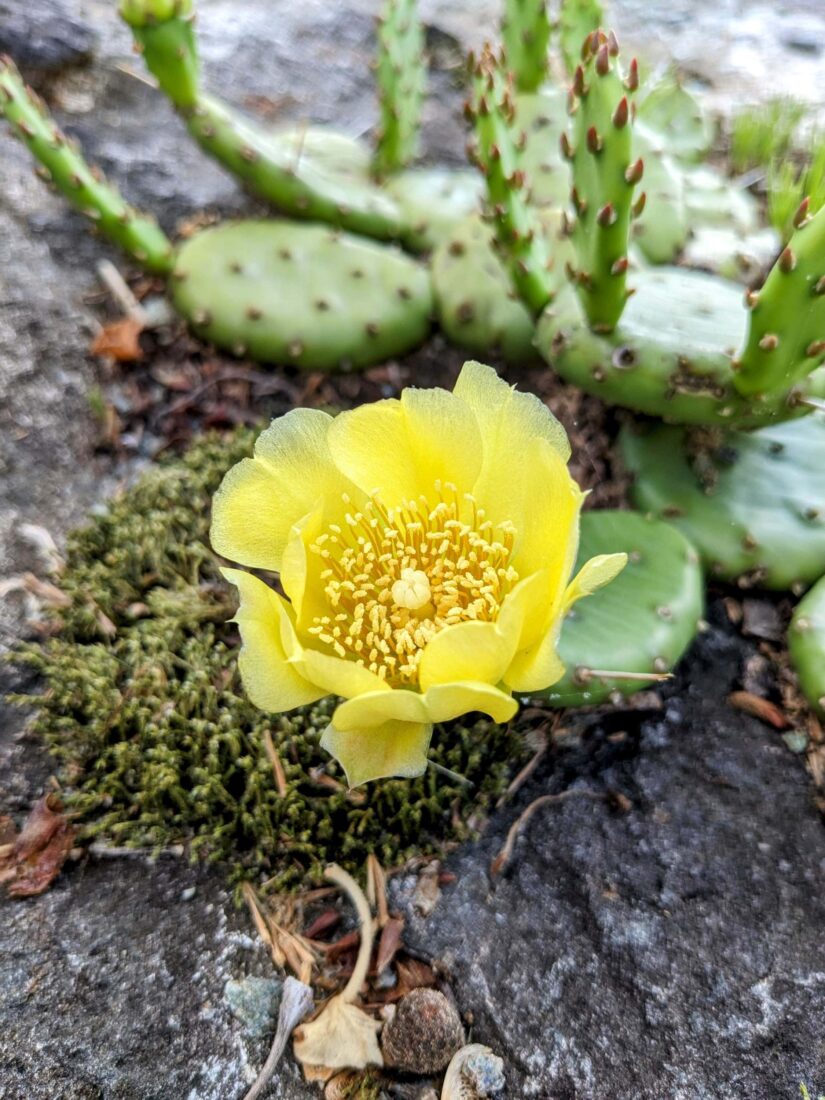
On a recent Saturday morning trail walk, Floyd easily identified Virginia raspberry, yellow passionflower, pink-petaled Carolina rose, fluffy goat’s beard, and spicebush leaves that emit a surprising, Lemon Pledge–like scent when scratched. She also casually pointed out a strip of lily-topped wetland where, after recently removing a smothering invasive, she emerged with several thumb-sized leeches attached to her waders. Less unsettling native fauna include salamanders, turtles, foxes, more than seventy bird species, and a newly observed otter.
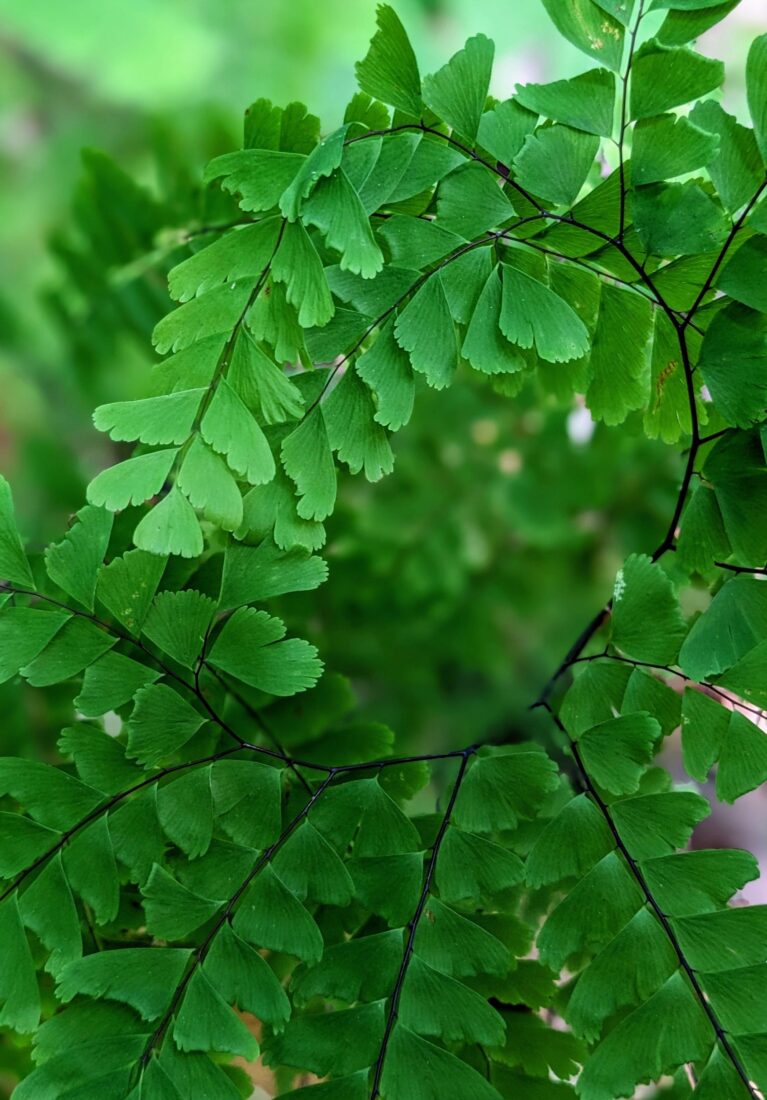
While Quarry Gardens maps out more than a dozen varying eco-zones, these “galleries” flow without the defined borders of a typical botanical garden. “Formality is not what we’re about,” Floyd says, adding that the entire site is maintained by one full-time groundskeeper and a small cadre of weekend volunteers. Keeping with that ethos, no showy annuals are planted. While spring pops with the colors of iris and larkspur and fall glows with goldenrod and asters, summer’s beauty is more represented by rustling swatches of ferns and croaking cricket frogs. Claim a hewn bench with a tree-framed view of dappled water, and not much else is required to fully decompress. One can arrive feeling as heavy as the sofa-sized, twenty-ton block of soapstone that anchors one lookout, and leave as light as the zigzagging dragonflies also drawn to this pocket of reclaimed paradise.


